Tea is one of the most popular and useful at the same time drinks. It ranks in the top 3 most consumed beverages and stands alongside water and coffee. Inherently soft drink tea is obtained after steaming or boiling of processed and fermented leaves of the tea bush. Homeland of the tea is China.
Tea plant /Camellia sinensise/ is an evergreen shrub. It may reach a height of 10 meters, which is why it is often referred to as the tea tree. However, industrial tea trees are maintained at a height not exceeding 1.5 meters in order to facilitate the process of harvesting, during which only buds and leaves from the top are taken.
History of Tea
The history of this aromatic drink is very long and originates from ancient times. It is believed that wild tea originated somewhere in the area between Tibet, northern India and western China. Tea drink was known 4500 years ago, when a local Emperor was initiated into the secrets of its properties.
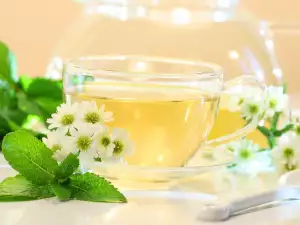
There is a legend about tea, which dates back to the creation of Chinese civilization itself. According to legend, the Chinese ruler put a bowl of water around the tea bush, then wind blew a few leaves fell into the water. When the emperor took a sip of water, he remained fascinated by its taste.
In China, the real boom in tea was observed in 10 and 16 century, when trade with this product marks a significant upswing. Tea arrived in Europe for the first time in the 17th century. That’s when tea completely conquered England. Both in England and in Holland wealthy people tagged drinking tea, thus helping to popularize it. So tea slowly went a long way to conquering the hearts of people around the world.
Nowadays it is believed that every day about a billion and a half cups of tea is drunk - a fact which proves the approved place of tea as one of the most favorite drinks.
Composition of tea
Studies have shown that tea is composed of 30 to 50 percent soluble in water constituents. This means that its solubility is never complete. As young, high quality tea leaves, tea is rich in valuable substances. Since soluble substances, the most important are: essential oils, tannins, alkaloids, pigments, vitamins and amino acids.
Pectic substances in tea fluctuate between 2 and 3 percent. Enzymes in tea are over 10, but most are 3 - catalase, peroxidase and polifenoloxidaza. Green tea is particularly rich in protein. Tea is very rich in polyphenols /type of antioxidant/ caffeine, tannins, taurine and theophylline.
100 g of dry extract of tea contains 5.3% water, 3.4 g fiber, 1.79 kcal, 0.4 g carbohydrates.

Types of Tea
The most famous teas are five in number:
Green tea - a product that is manufactured with a minimum of fermentation. It contains about ¼ of the caffeine in a cup of coffee. There are other similar caffeine stimulating substances - theobromine and theophylline
Black tea - also called red tea. Due to its high oxidation, it contains large amounts of caffeine, compared to other teas. There is a strong and characteristic aroma.
White tea - the mode of production determines the lower levels of caffeine in this type of tea.
Yellow Tea - it is dried for a long time, so there's a different flavor than white or green tea. Many people define it as something like them both, but its taste is closest to that of black tea.
Oolong tea - the flavor and composition is defined as a combination of black and green tea.
Selection and storage of tea
Note that bulk tea is more expensive and in some cases - a higher quality option. Very often in tea bags are also put dried tea dust or powder from tea twigs, which do not benefit the health and degrade the quality of the drink.
It is necessary to store tea in a dry and dark place. Cans are a very suitable option for this purpose. Properly preserved tea can keep its benefits for up to a year and a half. If you want to enjoy the best taste, drink tea until half a year after its manufacture. Chinese tea products may be kept longer - up to three years.
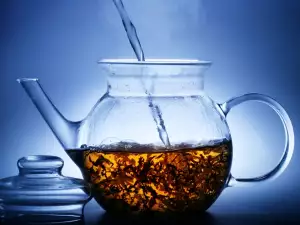
Making Tea
If the water, which will be used to prepare the tea is, put a large amount of tea in. In the general case, 200 to 250 g of water is mixed with one teaspoon of tea. Once brewed, tea should wait awhile. For black tea 4 minutes are enough, for green and light teas - about 3 minutes. Herbal and fruit teas require a longer steaming time - about 8 minutes.
Remember: The combination of tea with lemon adds even more pleasant taste to the drink and its vitamin value increases significantly. On the other hand, the combination of milk and tea is very popular and loved, but experts say milk kills most of the nutrients in tea.
Benefits of Tea
First, tea helps urination, alcohol intoxication and the removal of toxins from the body. It promotes the secretion of gastric juice, regulates fat metabolism and substantially improves digestion and appetite.
Due to the caffeine content in most varieties, tea is a wonderfully refreshing drink that eliminates sleepiness and fatigue. Tea is the best alternative to coffee.
It is believed that tea is an excellent tool for the prevention and even treatment of cardiovascular diseases because vessels expand and improve breathing. It regulates muscle activity without it accelerates. Tea is a very powerful disinfectant.
Restores the function of the thyroid gland and helps the body to resist the harmful rays. Increases immunity and helps reduce excess weight because it contains substances that break down fats and help to remove slag. Green tea contains trace elements that reduce blood cholesterol.
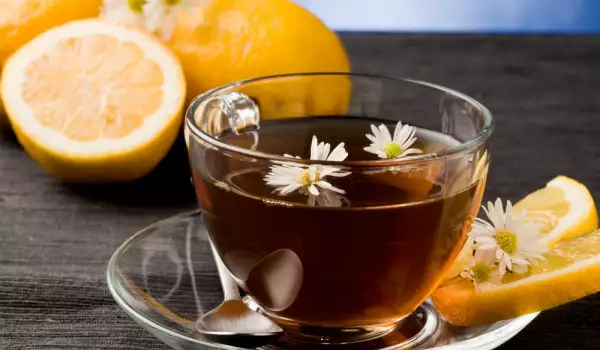

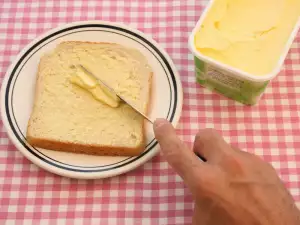
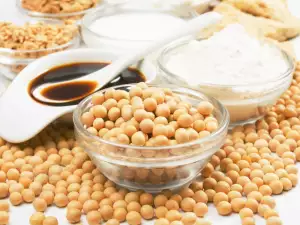
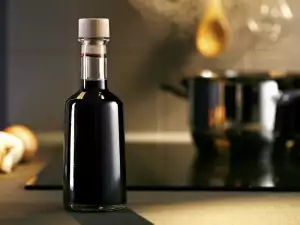
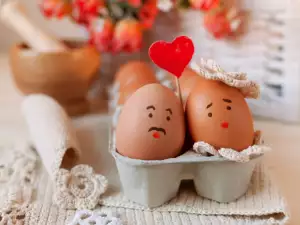
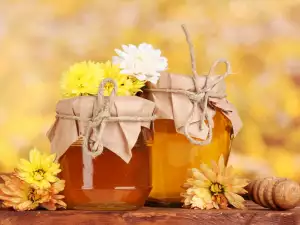



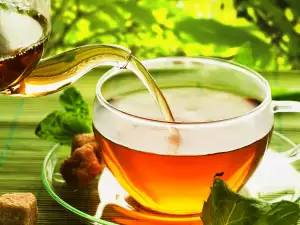
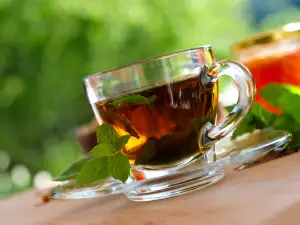
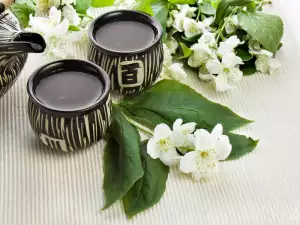
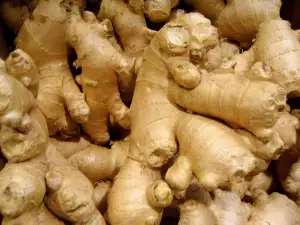




Comments